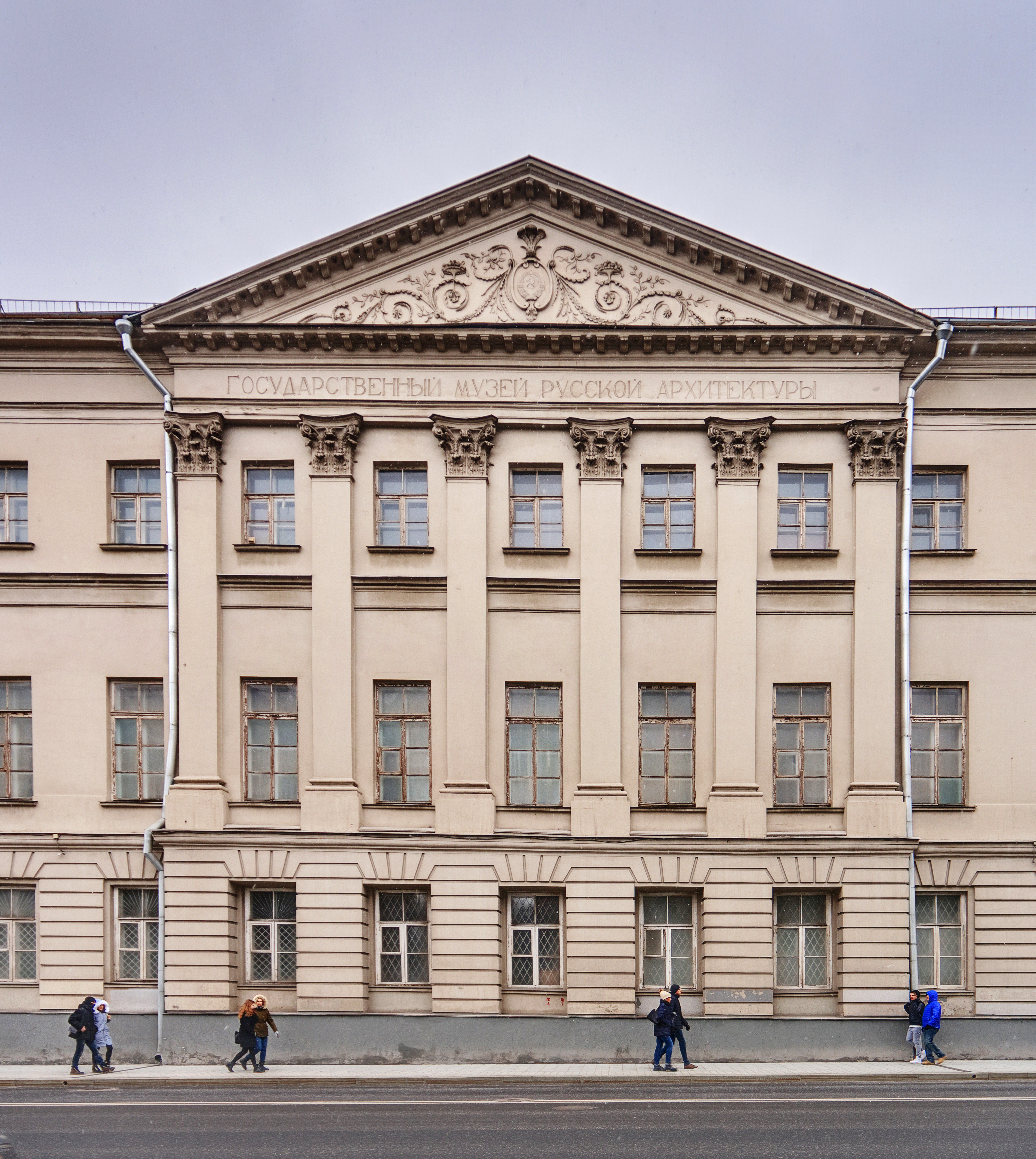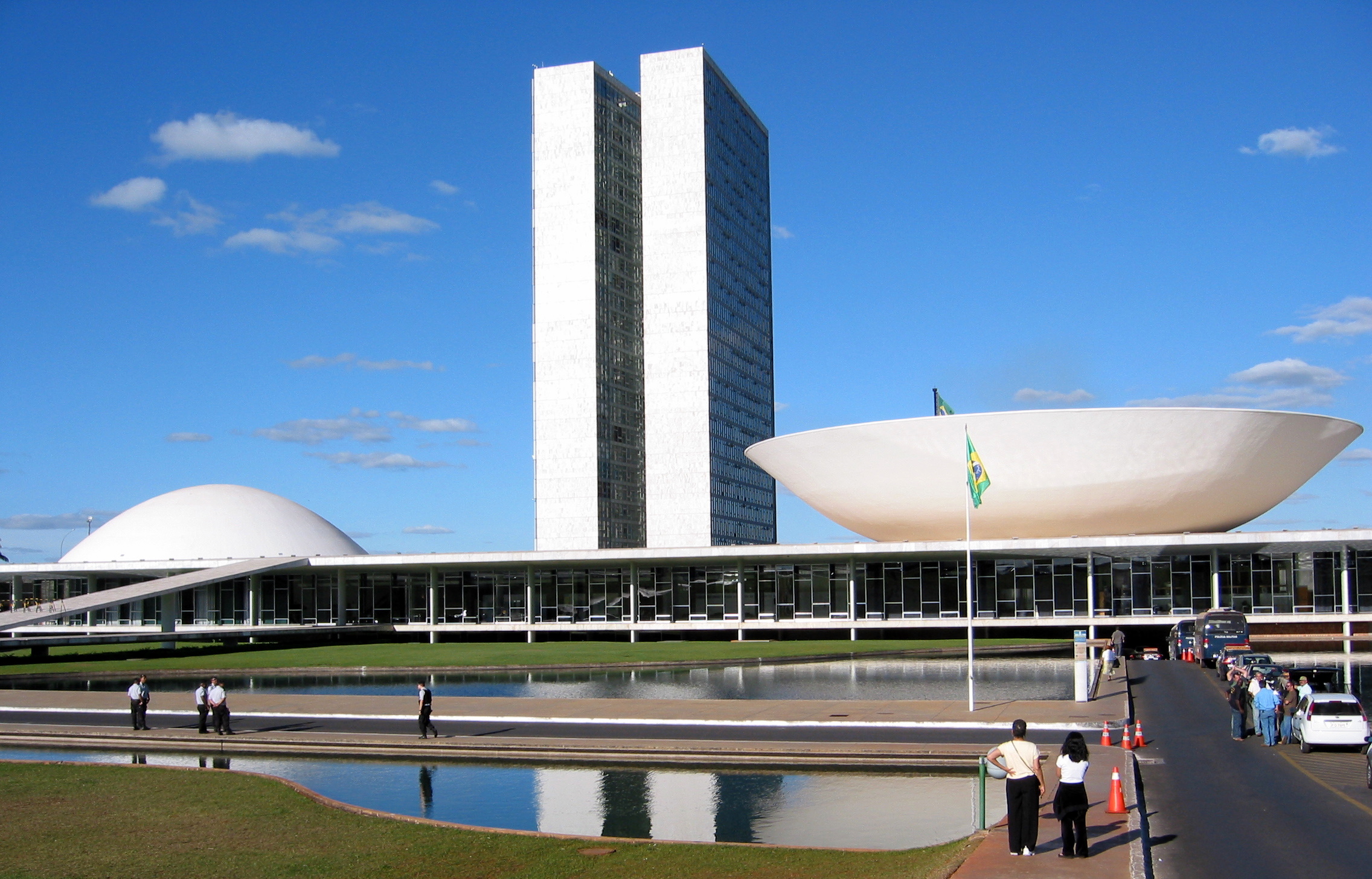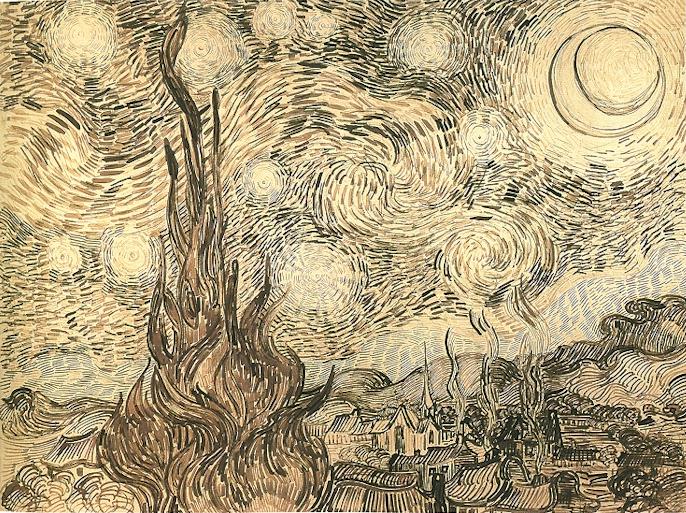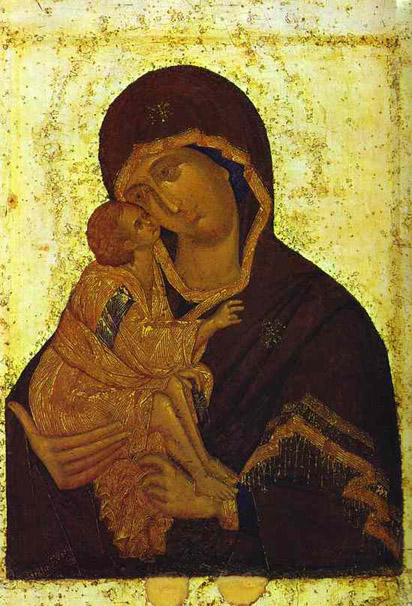|
Shchusev Museum Of Architecture
The ShchusevThe official site of the museum prefers the spelling ''Schusev''. Museum of Architecture is a national museum of Russian Architecture located in Moscow the capital of Russia and also a research centre to study and promote the architectural and urban heritage. The museum was founded in 1934 and is located on the Vozdvizhenka Street.Shchusev State Museum of Architecture: About the Museum , retrieved 11 November 2011 The collections include more than 800000 items. The museum is named after Russian and Soviet architect . History The original museum of the Academy of Architecture, established in 1934 was locate ...[...More Info...] [...Related Items...] OR: [Wikipedia] [Google] [Baidu] |
Moscow ArchitectureMuseum 0922
Moscow ( , American English, US chiefly ; rus, links=no, Москва, r=Moskva, p=mɐskˈva, a=Москва.ogg) is the Capital city, capital and List of cities and towns in Russia by population, largest city of Russia. The city stands on the Moskva (river), Moskva River in Central Russia, with a population estimated at 13.0 million residents within the city limits, over 17 million residents in the urban area, and over 21.5 million residents in the Moscow metropolitan area, metropolitan area. The city covers an area of , while the urban area covers , and the metropolitan area covers over . Moscow is among the List of largest cities, world's largest cities; being the List of European cities by population within city limits, most populous city entirely in Europe, the largest List of urban areas in Europe, urban and List of metropolitan areas in Europe, metropolitan area in Europe, and the largest city by land area on the European continent. First documented in 1147, Moscow gre ... [...More Info...] [...Related Items...] OR: [Wikipedia] [Google] [Baidu] |
Anti-cosmopolitan Campaign
The anti-cosmopolitan campaign (russian: Борьба с космополитизмом, ) was a thinly disguised antisemitic campaign in the Soviet Union which began in late 1948. Jews were characterized as rootless cosmopolitans and were targeted for persecution. Origins After World War II, the Jewish Anti-Fascist Committee (JAC) grew increasingly influential to the post-Holocaust Soviet Jewry, and was accepted as its representative in the West. As its activities sometimes contradicted official Soviet policies (see ''The Black Book of Soviet Jewry'' as an example), it became a nuisance to Soviet authorities. The Central Auditing Commission of the Communist Party of the Soviet Union concluded that instead of focusing its attention on the "struggle against forces of international reaction", the JAC continued the line of the Bund—a dangerous designation, since former Bund members were to be "purged". During a meeting with Soviet intelligentsia in 1946, Stalin voiced his con ... [...More Info...] [...Related Items...] OR: [Wikipedia] [Google] [Baidu] |
Architecture In Russia
Architecture is the art and technique of designing and building, as distinguished from the skills associated with construction. It is both the process and the product of sketching, conceiving, planning, designing, and constructing buildings or other structures. The term comes ; ; . Architectural works, in the material form of buildings, are often perceived as cultural symbols and as works of art. Historical civilizations are often identified with their surviving architectural achievements. The practice, which began in the prehistoric era, has been used as a way of expressing culture for civilizations on all seven continents. For this reason, architecture is considered to be a form of art. Texts on architecture have been written since ancient times. The earliest surviving text on architectural theories is the 1st century AD treatise ''De architectura'' by the Roman architect Vitruvius, according to whom a good building embodies , and (durability, utility, and beauty). Centu ... [...More Info...] [...Related Items...] OR: [Wikipedia] [Google] [Baidu] |
Architecture Museums
Architecture is the art and technique of designing and building, as distinguished from the skills associated with construction. It is both the process and the product of sketching, conceiving, planning, designing, and constructing buildings or other structures. The term comes ; ; . Architectural works, in the material form of buildings, are often perceived as cultural symbols and as works of art. Historical civilizations are often identified with their surviving architectural achievements. The practice, which began in the prehistoric era, has been used as a way of expressing culture for civilizations on all seven continents. For this reason, architecture is considered to be a form of art. Texts on architecture have been written since ancient times. The earliest surviving text on architectural theories is the 1st century AD treatise '' De architectura'' by the Roman architect Vitruvius, according to whom a good building embodies , and (durability, utility, and beauty). Ce ... [...More Info...] [...Related Items...] OR: [Wikipedia] [Google] [Baidu] |
National Museums
A national museum is a museum maintained and funded by a national government. In many countries it denotes a museum run by the central government, while other museums are run by regional or local governments. In other countries a much greater number of museums are run by the central government. The following is an incomplete list of national museums: Albania The Albanian government operates several national museums, including: * National History Museum (Albania) * National Museum of Education (Albania) * National Museum of Medieval Art (Albania) * Marubi National Museum of Photography Argentina The Argentinian Ministry of Culture operates several national museums, including: * Historical House of the Independence Museum * Museo Casa de Rogelio Yrurtia *Museo Mitre *Museo Nacional de Bellas Artes (Buenos Aires) *National Historical Museum (Argentina) *National Museum of Decorative Arts * National Museum of the Cabildo and the May Revolution * Sarmiento Historical Museu ... [...More Info...] [...Related Items...] OR: [Wikipedia] [Google] [Baidu] |
Museums In Moscow
This is a list of museums in Moscow, the capital city of Russia List See also *List of Moscow tourist attractions *List of museums in Russia *List of museums in Saint Petersburg References {{Museums and galleries in Moscow Moscow-related lists, Museums Museums in Moscow, List_of_museums Lists of museums in Russia by federal subject, Moscow Lists of museums in Russia, Moscow Lists of museums by city, Moscow ... [...More Info...] [...Related Items...] OR: [Wikipedia] [Google] [Baidu] |
Melnikov House
Konstantin Stepanovich Melnikov (Russian: Константин Степанович Мельников; – November 28, 1974) was a Russian architect and painter. His architectural work, compressed into a single decade (1923–33), placed Melnikov on the front end of 1920s avant-garde architecture. Although associated with the Constructivists, Melnikov was an independent artist, not bound by the rules of a particular style or artistic group. In 1930s, Melnikov refused to conform with the rising Stalinist architecture, withdrew from practice and worked as a portraitist and teacher until the end of his life. Biography Childhood Konstantin Melnikov was born and died in Moscow. He was the fourth child of the family. His father, Stepan Illarionovich Melnikov, originally from Nizhny Novgorod region, was a road maintenance foreman, employed by the Moscow Agricultural Academy. Mother, Yelena Grigorievna (née Repkina), came from the peasants of Zvenigorod district. The whole f ... [...More Info...] [...Related Items...] OR: [Wikipedia] [Google] [Baidu] |
Nikita Khrushchev
Nikita Sergeyevich Khrushchev (– 11 September 1971) was the First Secretary of the Communist Party of the Soviet Union from 1953 to 1964 and chairman of the country's Council of Ministers from 1958 to 1964. During his rule, Khrushchev stunned the communist world with his denunciation of his predecessor Joseph Stalin's crimes, and embarked on a policy of de-Stalinization with his key ally Anastas Mikoyan. He sponsored the early Soviet space program, and enactment of moderate reforms in domestic policy. After some false starts, and a narrowly avoided nuclear war over Cuba, he conducted successful negotiations with the United States to reduce Cold War tensions. In 1964, the Kremlin leadership stripped him of power, replacing him with Leonid Brezhnev as First Secretary and Alexei Kosygin as Premier. Khrushchev was born in 1894 in a village in western Russia. He was employed as a metal worker during his youth, and he was a political commissar during the Russian Civil Wa ... [...More Info...] [...Related Items...] OR: [Wikipedia] [Google] [Baidu] |
Baldin Collection
The Baldin Collection is a group of 364 masterpieces removed from Germany to the Soviet Union by Soviet Army officer Victor Baldin at the end of World War II. The ensemble consists of 362 drawings and two paintings by Dürer, van Gogh, Manet, Rembrandt, Rubens, Titian and other famous artists. Historically part of the collection at the Kunsthalle Bremen, the Baldin group came from a much larger cache of artworks stored by the Germans in a Brandenburg castle to protect it from air raids. In 1945 the castle was occupied by the Red Army and the storage vaults were looted, mainly by Russian soldiers but also by the local German population. The works Baldin took were then hidden at a Soviet Research Institute for many years. In 1991 the collection was moved to the Hermitage Museum in Saint Petersburg where its existence was revealed to the world in 1992. It remains there today. Since then the Baldin Collection has been regarded as looted art and is the subject of fierce debate among ... [...More Info...] [...Related Items...] OR: [Wikipedia] [Google] [Baidu] |
NKVD
The People's Commissariat for Internal Affairs (russian: Наро́дный комиссариа́т вну́тренних дел, Naródnyy komissariát vnútrennikh del, ), abbreviated NKVD ( ), was the interior ministry of the Soviet Union. Established in 1917 as NKVD of the Russian Soviet Federative Socialist Republic, the agency was originally tasked with conducting regular police work and overseeing the country's prisons and labor camps. It was disbanded in 1930, with its functions being dispersed among other agencies, only to be reinstated as an all-union commissariat in 1934. The functions of the OGPU (the secret police organization) were transferred to the NKVD around the year 1930, giving it a monopoly over law enforcement activities that lasted until the end of World War II. During this period, the NKVD included both ordinary public order activities, and secret police activities. The NKVD is known for its role in political repression and for carrying out the Great ... [...More Info...] [...Related Items...] OR: [Wikipedia] [Google] [Baidu] |
Donskoy Monastery
Donskoy Monastery (russian: Донско́й монасты́рь) is a major monastery in Moscow, founded in 1591 in commemoration of Moscow's deliverance from the threat of an invasion by the Crimean Khan (title), Khan Ğazı II Giray, Kazy-Girey. Commanding a highway to the Crimea, the monastery was intended to defend southern approaches to the Moscow Kremlin. History Muscovite period The monastery was built on the spot where Boris Godunov's mobile fortress and Sergii Radonezhsky's field church (building), church with Theophanes the Greek, Theophan the Greek's icon ''Our Lady of the Don'' had been located. Legend has it that Dmitry Donskoy had taken this icon with him to the Battle of Kulikovo in 1380. The Tatars left without a fight and were defeated during their retreat. Initially, the cloister was rather poor and numbered only a few monks. As of 1629, the Donskoy Monastery possessed 20 :wikt:wasteland, wastelands and 16 peasant households (20 peasants al ... [...More Info...] [...Related Items...] OR: [Wikipedia] [Google] [Baidu] |









